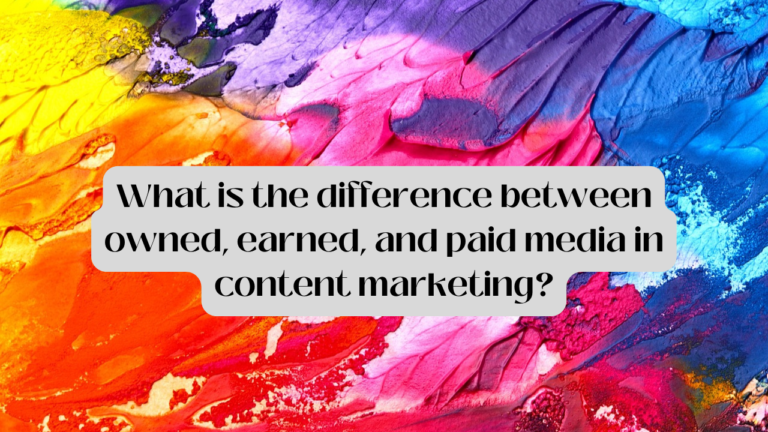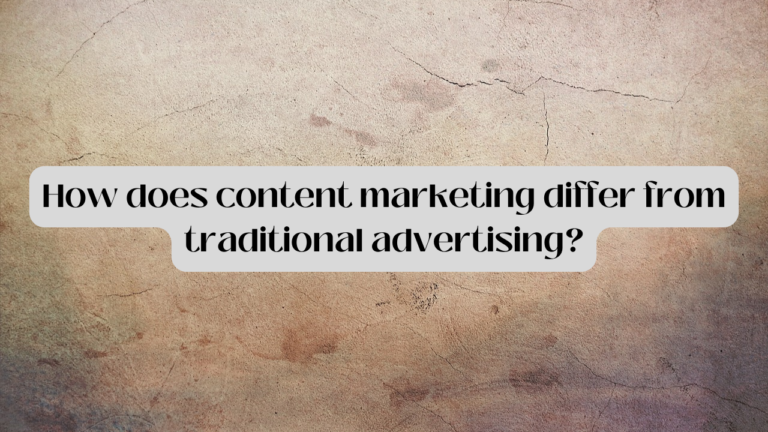How Can I Leverage Influencer Marketing In My Content Strategy?
In the rapidly evolving landscape of digital marketing, staying ahead of the curve is paramount. One strategy that has gained significant prominence is Influencer Marketing. With the power to amplify brand messages and extend reach, influencer marketing has become an integral component of content strategies across various industries. This guide aims to provide researchers with insights into how to effectively leverage influencer marketing to bolster their content strategy, along with answers to some frequently asked questions.
Understanding Influencer Marketing
Influencer marketing involves collaborating with individuals who have established credibility and a dedicated following in a specific niche. By leveraging influencers’ trust and authority, brands can effectively communicate their messages to a wider audience. Integrating influencer marketing into your content strategy can yield several benefits, including increased brand visibility, enhanced credibility, and the ability to tap into new audience segments.
Key Steps to Incorporate Influencer Marketing into Your Content Strategy
1. Identify Relevant Influencers
The first step is to identify influencers who align with your brand and target audience. Look for influencers who have a genuine connection to your industry and a strong engagement rate with their followers. Tools like social media analytics platforms and influencer marketing platforms can help in finding suitable influencers.
2. Define Clear Objectives
Before reaching out to influencers, it’s crucial to define clear objectives for your influencer marketing campaign. Are you aiming to increase brand awareness, drive website traffic, or boost sales? Defining measurable goals will help you track the success of your campaign.
3. Craft Compelling Content
Collaborate with influencers to create authentic and engaging content that resonates with their audience. It’s essential to strike a balance between your brand’s message and the influencer’s unique voice to ensure the content feels genuine.
4. Establish Mutually Beneficial Partnerships
When approaching influencers, focus on building mutually beneficial partnerships. Compensation can come in various forms, such as monetary payment, free products, or cross-promotion. Clear communication about expectations and deliverables is key to a successful partnership.
5. Leverage Multiple Platforms
Influencers have a presence on various platforms, including social media, blogs, and YouTube. Tailor your content to suit each platform’s audience and format. A diverse approach will help you reach a broader audience.
6. Monitor and Measure
Regularly monitor the performance of your influencer campaigns. Track metrics such as engagement rate, website traffic, and conversion rates. Analyze the data to understand what’s working and where improvements can be made.
FAQs about Leveraging Influencer Marketing

Q1: What types of content can influencers create for my brand?
Influencers can create a wide range of content, including product reviews, tutorials, unboxings, behind-the-scenes glimpses, and lifestyle posts. The key is to align the content with both your brand’s identity and the influencer’s style.
Q2: How do I measure the ROI of influencer marketing?
Measuring ROI involves tracking key performance indicators (KPIs) such as engagement metrics, website traffic, conversions, and the overall increase in brand visibility. Comparing these metrics to the resources invested will give you insights into your campaign’s effectiveness.
Q3: Should I prioritize macro or micro influencers?
Both macro and micro influencers have their advantages. Macro influencers (those with larger followings) offer broader reach, while micro influencers (with smaller but highly engaged audiences) provide more niche and personalized connections. Your choice should align with your campaign’s goals and budget.
Q4: How can I ensure the authenticity of influencer partnerships?
Authenticity is crucial in influencer marketing. Choose influencers whose values align with your brand’s and who have a history of honest and transparent interactions with their audience. Allow influencers creative freedom to maintain their authenticity while delivering your message.
Q5: What mistakes should I avoid when implementing influencer marketing?
Avoid common pitfalls such as working with influencers who don’t genuinely resonate with your brand, neglecting clear communication about expectations, and overloading influencers with strict guidelines that stifle their creativity.
Conclusion
Incorporating influencer marketing into your content strategy can be a game-changer for your brand’s online presence. The power of influencers lies in their ability to establish trust and connect with audiences on a personal level. By carefully selecting and collaborating with influencers, setting clear goals, and consistently monitoring performance, you can harness the potential of influencer marketing to drive meaningful results for your content strategy. Gibson Girls has lots more to share on this topic.





